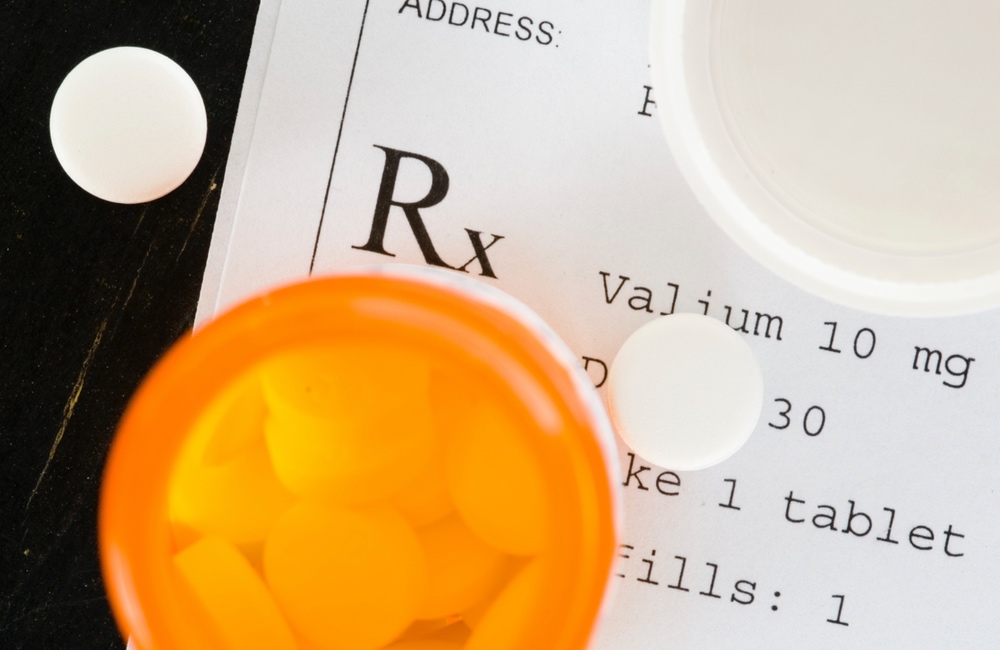Drug prices keep going up. Sometimes this happens because old drugs are being replaced by newer and better ones. More commonly, however, according to a study that examines changes in the prices of medications over nearly a full decade, it's just the same old drugs being sold at considerably higher prices.
The price of brand-name oral drugs increased by about 9 percent each year — nearly five times the rate of inflation. The price of brand-name injectables increased by even more — 15 percent per year. In both cases, the price increases were overwhelmingly attributable to existing drugs, not new ones.
“It makes sense to pay more for new drugs because sometimes new drugs are more effective, safer or treat a new disease you didn't have a treatment for. Sometimes new drugs do bring more value,” the lead author of the study, Inmaculada Hernandez, said. “But the high year-over-year increases in costs of existing products do not reflect improved value.”Dozens of secondary patents prevent competition and the lack of competition allows manufacturers to keep increasing prices much faster than inflation.
Despite being discovered back in 1923, there is still no generic insulin sold in the United States. Ongoing tweaks to insulin formulas preserve its patent protection.
The researchers examined the list price of tens of thousands of drug codes from a national database between 2008 and 2016 and UPMC Health Plan pharmacy claims over the same time period. They divided drugs into three classes: generics, brand-name drugs and specialty drugs. Drugs were considered “new” for the first three years they were available, or in the case of generics, the first three years after patent expiration.
Healthcare costs have been considerably higher in the United States than in the rest of the world for some time. The study findings offer yet one more reason why this is so.
The study appears in Health Affairs.





